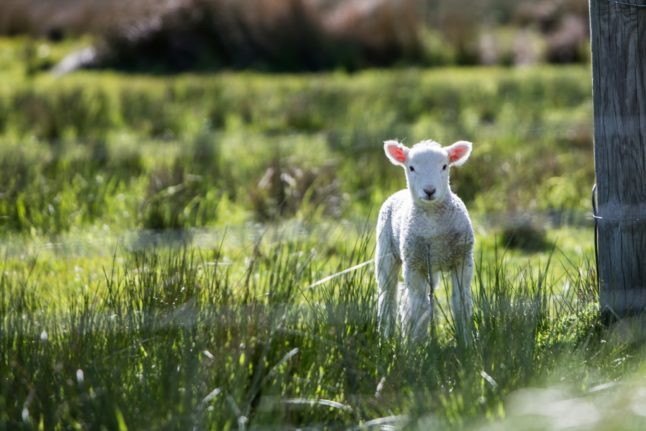People begin talking about their first utepils of the year
The first utepils of the year is a treasured milestone that many look forward to and then savour once it arrives.
An utepils (literally meaning outdoor beer) typically only qualifies if drank in the sunshine while out on a trip, in a beer garden, or the outdoor seating section of a bar or restaurant, or in one’s own garden.
If you have to sip your utepils through chattering teeth or are soaked through with rain, then it probably doesn’t count.
Apparently, it also doesn’t count if you don’t tell anyone, either. So be sure to tell everyone when, where, and how you managed to get your first utepils of the season in.
It’s time to eat outside again, too
In the spring, drinks are not the only thing taken al-fresco in Norway. People also begin eating outside again.
Whether at restaurants (with the help of outdoor heaters), parks (with the classic disposable grills), or on balconies or gardens.
Hot dogs are obviously one of the most popular things to grill in the spring (and summer and winter). However, as temperatures continue to rise, you can also expect the locals to begin enjoying all kinds of food out in the fresh air.
Bikes (and e-scooters) return to the cities
Some dedicated cyclists stick to two wheels during the winter, probably to the detriment of their bike, too, when you consider the harm the moisture and grit probably does to it.
Cycle lines soon begin to be repopulated as the snow and ice recede and cyclists decide it’s time to return to pedal power.
E-scooters are a more recent addition to Norway’s transport ecosystem. Initially starting life as a scourge, regulations and users figuring out how to use them responsibly mean you can also expect them to fill up the cities.
The cities feel a lot busier
You’ll be forgiven for finding Norway’s cities to be ghost towns during the winter. Once the worst of the cold weather is over and a few rays of sunshine arrive, you can expect it to feel as if urban areas have been repopulated.
Parks will fill back up, shopping streets will see plenty of footfall, and there will generally be many more people milling about rather than trying to stay indoors as much as possible.
Football makes a return to parks and stadiums
Football is a summer sport in Norway, and while there are still opportunities to play indoors during the winter, spring is when you’ll expect things to start back up.
The professional leagues begin at the end of March and the beginning of April. Amateur players will make a slightly earlier return.
More casual pick-up games on free pitches and in parks will also start cropping up.
Flowers start popping up
A season of renewal and new energy wouldn’t be the same without the sight of little flowers poking their heads out of the ground.
Blåveis, gullstjerne, hestehov, hvitveis, tusenfryd, vårkål are all common and popular spring flowers in Norway. Another thing to look out for is the sight of gåsunger (meaning goslings and referring to catkins).



 Please whitelist us to continue reading.
Please whitelist us to continue reading.
Member comments